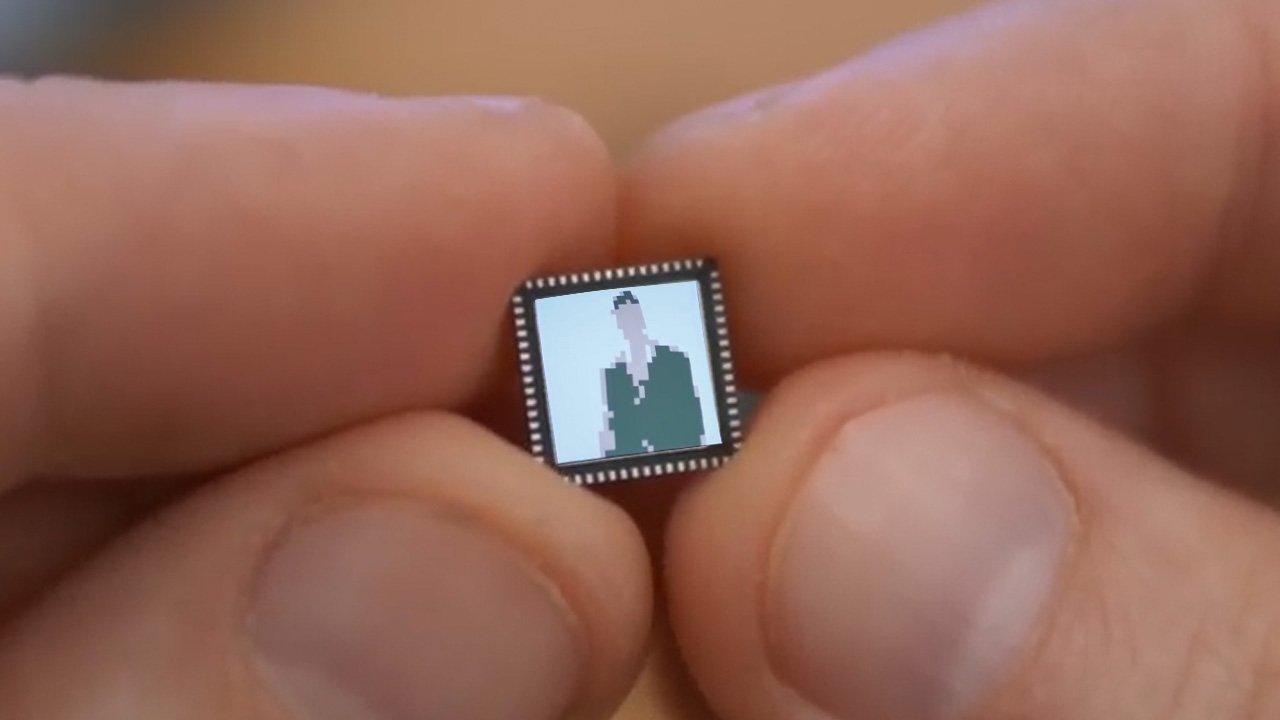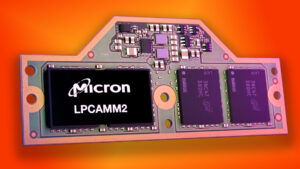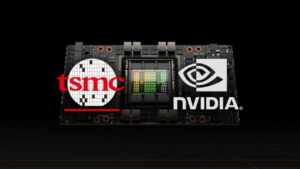Introduction:
In the realm of electronics, innovation often takes unexpected turns, pushing the boundaries of what’s possible. Recently, renowned German electronics YouTuber Matthias “bitluni” Balwierz unveiled what he boldly claims to be the pinnacle of chip desig. This is the world’s first application-specific integrated circuit (ASIC) containing a Rickroll animation.
This special ASIC stores a 512-byte, 32×32 pixel rendition of Rick Astley’s iconic dance moves. To view the animation, bitluni designed a carrier board that plugs into his earlier project, an ESP32-S3-based board with VGA output. The chip itself was fabricated through a program called Tiny Tapeout, which allows designers to share space on a larger chip with other projects. This makes the ASIC design process more accessible.
Read More: 5 Ways Chip Packaging Will Define Next Generation of Chips – techovedas
The Genesis of a Whimsical Creation: Crafting World’s First Rickroll
So, why bestow such a grand title upon this seemingly whimsical creation? The answer lies in the ingenuity and technical prowess required to bring it to life.
To begin with, the ASIC was not crafted through conventional means. Rather, it emerged from Matt Venn’s Tiny Tapeout program, a platform that grants designers a small segment of space on a larger chip shared with other designs.

In this case, bitluni’s ASIC, affectionately dubbed “Rickroll,” found its home on TT02 alongside 164 additional circuits.
Bitluni’s ingenuity truly shines in the process of designing the ASIC. Limited to a mere 512 bytes of memory, he managed to encapsulate the essence of a cultural phenomenon within this constraint.
The meticulous design process involved optimizing every bit of data to ensure the smooth playback of Rick Astley’s iconic dance moves.
Read More: How Advanced Packaging is Merging Semiconductor Manufacturing and Packaging – techovedas
Designing the Chip: From Concept to Reality
The journey from concept to reality was fraught with challenges. Designing an ASIC requires a deep understanding of hardware design and digital logic.
Bitluni leveraged his expertise in electronics and programming to meticulously craft the ASIC, ensuring that it not only fulfilled its primary function but also integrated seamlessly with his existing hardware projects.

Secret File PCB (Image Credits: Bitluni, Youtube)
Moreover, the ASIC’s design necessitated the inclusion of support components to enable its operation.
Bitluni ingeniously devised a carrier PCB resembling an Arduino shield, which houses the ASIC and associated components.
This board serves as the interface through which the Rickroll animation can be accessed, connecting effortlessly to bitluni’s previous ESP32-S3-based project capable of outputting VGA video.
Read More: $74 Billion on the Line: Tech War Heats Up as China Ban Intel AMD Processors from Govt. – techovedas
Bringing the Animation to Life: The Carrier PCB
The carrier PCB serves as the bridge between the ASIC and the external hardware, facilitating the rendering of the Rickroll animation.

TT02 with 165 Design and Caravel SoC (Image Credits: Bitluni, Youtube)
Its design reflects bitluni’s meticulous attention to detail, with carefully laid out traces and components optimized for performance and reliability.
The Waiting Game: Patience in the Face of Anticipation
However, the road to success was far from straightforward. The turnaround time for ASIC fabrication far exceeds that of traditional PCB manufacturing, with wait times of nine to 12 months not uncommon.
For bitluni and his team, this meant enduring an agonizing period of anticipation, uncertain whether their embedded Rickroll would indeed come to fruition.
Despite the lengthy wait, the eventual return of the fabricated ASIC marked a significant milestone in bitluni’s journey.
It validated months of hard work and dedication, culminating in the realization of his vision for the world’s first Rickroll animation ASIC.
Read More: Why Cognitive Computing is Considered Future of Artificial Intelligence – techovedas
Celebrating Creativity and Innovation: The Significance of the Rickroll ASIC
There are a couple of reasons why this custom ASIC containing Rick Astley’s dance is kind of a big deal:
Novelty: It’s the world’s first! Squeezing an animation, particularly a meme like Rick Astley’s dance, into a custom chip is a unique endeavor that pushes the boundaries of what these chips can achieve.
Accessibility: Bitluni’s use of Tiny Tapeout makes the chip design process more approachable for hobbyists. This could open doors for more creative and playful hardware projects.
Celebrating a cultural phenomenon: Rickrolling is a massive internet meme, and this chip is a fun way to honor that cultural touchstone. It’s a bit of internet history preserved in silicon.
It’s important to remember it’s not a super practical application of an ASIC. However, it’s a cool feat of engineering that combines technical skill with a bit of internet humor.
Read More: Top 5 Upcoming Apple Products for the Next Decade – techovedas
Empowering the Next Generation: Matt Venn’s Tiny Tapeout Program
Moreover, the significance of this achievement extends beyond mere amusement. Matt Venn’s Tiny Tapeout program and accompanying Zero to ASIC training course offer aspiring designers a gateway into the world of ASIC design.
These resources provide individuals with access to the same tools and methodologies used by bitluni himself. This democratizes the field and fosters a new generation of innovators.
Follow us on Linkedin for everything around Semiconductors & AI
Conclusion:
In conclusion, bitluni’s foray into the realm of ASIC design exemplifies the intersection of technology and culture, showcasing the boundless possibilities that emerge when creativity and technical expertise converge.




